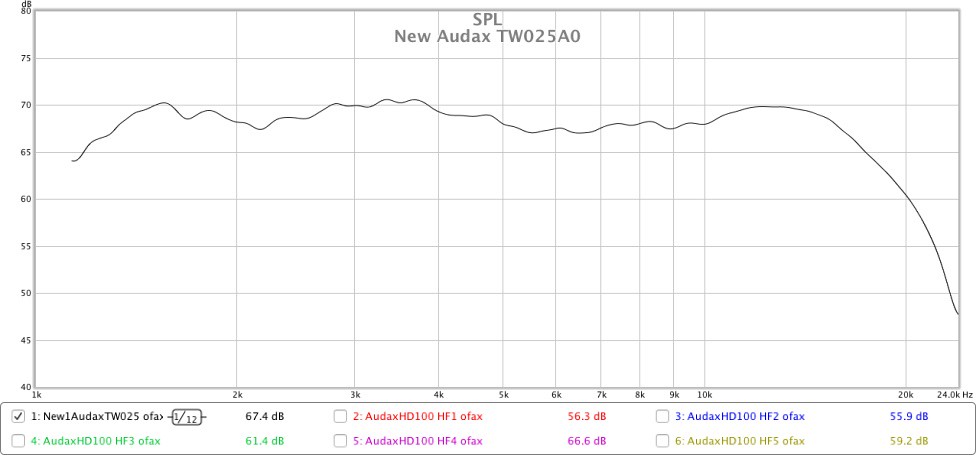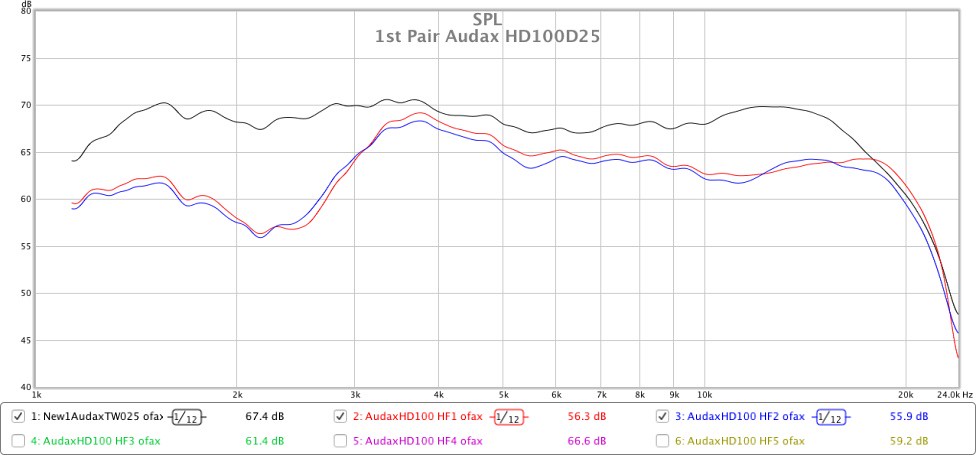That must have been years later in Messengers career... But as you know I'm a big fan of Spendor BCI, BCII and SPI (all very similar). Back in the day.... he used Brik's in his own system and for a while moved to 770's and declared them better... I believe he moved away from the 770's after maybe 6 months to a year... it was along time ago to be recalling precisely what a reviewer said in 1982!
Yep I can go with someone finding the 770 a bit "relentless" due to that slight brightness I mentioned... They are actually quite similar sounding to Spendors, more alike than different if that makes much sense!? Going from one speaker to another can often lead to some head scratching due to VERY obvious differences but there is quite a similarity overall... They are more "ballsy", dynamic "PRaTy" than the Spendors but less refined and rather more ragged I would say. Certainly at the level I now have the tweeters set to I think they would be rather "in yer face" with a hotly recorded violin! Which is basically why after comparing the 770's and BCII's at length years ago I gradually moved to the Spendors as my main speaker. It's making a nice change and very nostalgic for now though!
If I can't fix that "tweeter needs to be set to give a sting in the top end for it to be right in the midrange and crossover area" issue then I reckon I will be going back to the Spendors... early days in experimenting as yet though....
Yer need to try them Spendors of yours with some less "pipe and slippers" amps. to hear them properly!






